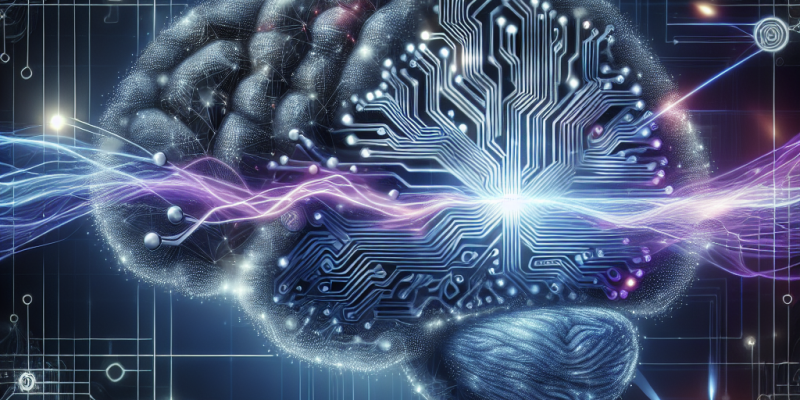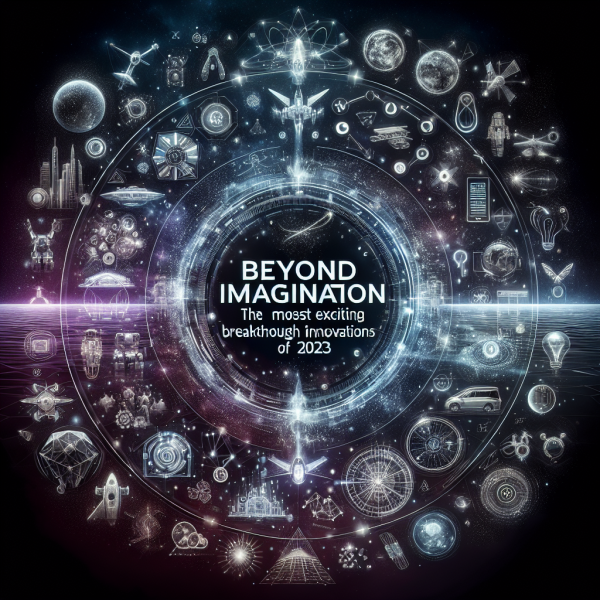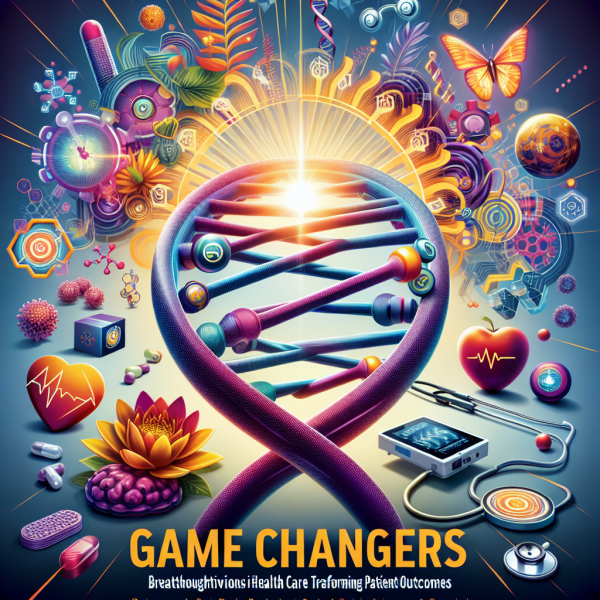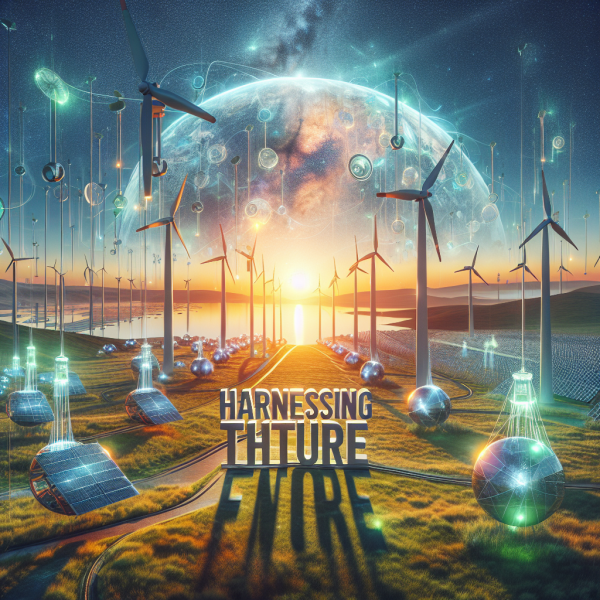AI and Beyond: Breakthrough Innovations That Are Redefining Intelligence

The landscape of technology is shifting at an unprecedented pace, driven largely by advancements in artificial intelligence (AI). But AI is just one piece of a broader puzzle in the domain of intelligence. As we delve deeper into the synergy between AI and related technologies, it’s crucial to explore the breakthrough innovations that are fundamentally redefining what intelligence means in our society today.
The AI Renaissance: A Brief Overview
Artificial intelligence has come a long way since its inception in the mid-20th century, transitioning from rudimentary algorithms to complex neural networks. The rise of deep learning, natural language processing, and machine learning has paved the way for AI to influence various sectors—from healthcare and finance to education and entertainment.
For instance, AI systems now perform tasks once thought to be exclusive to humans, like analyzing medical images with higher accuracy than trained radiologists or composing music and art that resonate deeply with human emotions.
Beyond AI: The Interplay of Technologies
1. Quantum Computing
One of the most exciting innovations redefining intelligence is quantum computing. This next-generation technology utilizes quantum bits, or qubits, to perform complex calculations at speeds unattainable by classical computers. Quantum computers can analyze vast datasets and solve intricate problems, making them invaluable for AI applications.
For example, quantum machine learning leverages quantum computing to improve algorithms, enabling AI systems to learn from data faster and more effectively. This could revolutionize fields such as drug discovery, where simulating molecular interactions accurately and swiftly can lead to breakthroughs in new treatments.
2. Neuromorphic Computing
Neuromorphic computing draws inspiration from the human brain’s architecture. Unlike traditional computing systems, which follow a linear sequence of processing, neuromorphic systems use a network of artificial neurons to process information in a more parallel and adaptive manner.
This technology allows for more efficient processing and learning, ideal for applications requiring real-time responses—like autonomous vehicles or robotics. By mimicking the way our brains operate, neuromorphic computing can enable machines to learn in a more natural and context-sensitive manner.
3. Brain-Computer Interfaces (BCIs)
Brain-computer interfaces represent a direct communication pathway between the brain and external devices. This innovative technology harnesses signals from the brain to control electronics, fostering a new realm of possibilities for enhancing cognitive abilities and communication.
Imagine individuals with mobility impairments being able to control their environments solely through thought, or researchers analyzing brain activity in real-time to enhance our understanding of cognitive functions. BCIs are redefining human-machine interaction, leading us toward a future where intelligence becomes a hybrid of biological and artificial systems.
4. Swarm Intelligence
Inspired by the collective behavior of social organisms, swarm intelligence harnesses the power of decentralized systems. Configurations like drone swarms or robotic colonies work seamlessly together to solve problems, perform complex tasks, and adapt to changing environments.
The applications of swarm intelligence are numerous—ranging from agricultural management to disaster response. By mimicking nature’s strategies for collaboration, these systems can tackle challenges more effectively than singular units.
Challenges and Ethical Considerations
As we explore these transformative technologies, we must also confront the ethical dilemmas they present. Issues surrounding data privacy, algorithmic bias, and the potential for job displacement necessitate careful consideration. Moreover, as machines become more intelligent, questions about responsibility and decision-making power arise.
The importance of establishing frameworks for ethical AI cannot be overstated. Stakeholders—from policymakers and technologists to ethicists and educators—need to collaborate to ensure that the development and deployment of these technologies benefit society as a whole and do not exacerbate existing inequalities.
Conclusion: A New Horizon of Intelligence
The convergence of artificial intelligence and these groundbreaking innovations is ushering in a new era. As we redefine intelligence, we have the opportunity to augment human capabilities, enhance problem-solving, and create a more inclusive society.
However, the journey toward this transformative future requires a balanced approach—one that embraces innovation while safeguarding ethical standards. The potential of AI and beyond is immense; if harnessed wisely, it could lead to a revolution not just in technology, but in how we perceive intelligence itself. We stand on the threshold of this new horizon, and the possibilities are limitless.














